
Roots
The very strands that crown our heads hold stories older than memory, echoing a legacy etched across continents and centuries. For those whose ancestry traces through the vibrant veins of Africa and across the wide diaspora, hair is never simply a biological outgrowth. It forms a living archive, a tangible link to collective memory, ancient wisdom, and the enduring spirit of communities.
When contemporary movements gather strength, celebrating textured hair, they are not creating something new; they are remembering, reclaiming, and boldly proclaiming a truth whispered through generations. They reaffirm a cultural power that was never truly lost, only obscured.
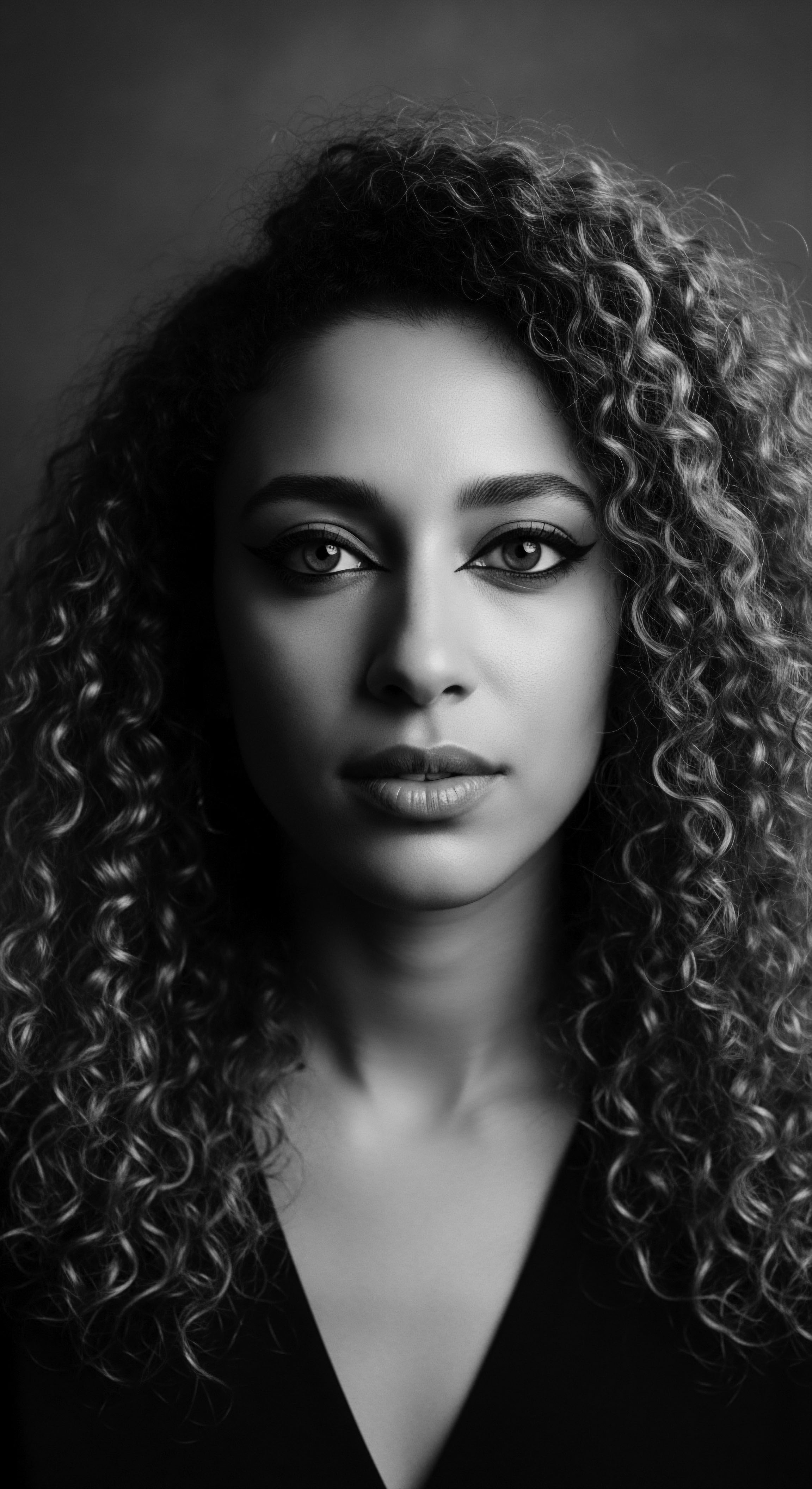
The Hair Filament’s Ancient Whisper
Consider, for a moment, the hair filament itself. From a scientific perspective, textured hair possesses a unique elliptical cross-section, a distinctive curl pattern, and a cuticle structure that can vary in its arrangement. These biological particularities give rise to its remarkable volume, its spring, its particular feel. Yet, for thousands of years, long before microscopes revealed cellular structures, our ancestors understood something far deeper about these very qualities.
They perceived hair as a conduit, a spiritual antenna reaching skyward, connecting the individual to the cosmos and to those who walked before them. This ancient view, deeply rooted in African societies, saw the head as the body’s most elevated part, a sacred space where the divine could communicate with the human spirit.
Textured hair, a living archive, holds ancestral wisdom, spiritual ties, and community stories.
Archaeological findings and historical accounts consistently bear this out. In pre-colonial African societies, hairstyles were far more than aesthetic choices. They served as a complex system of nonverbal communication, revealing aspects of a person’s identity that words alone could not convey. For instance, among the Yoruba People of what is now Nigeria, hair was celebrated as integral to their ontology.
Hairstyles denoted family background, social status, spirituality, tribal affiliation, and marital standing (Omotos, 2018). A woman’s neat, thick, or lengthy hair could signify her ability to produce bountiful harvests or bear healthy children, a physical manifestation of communal well-being and prosperity. Conversely, unkempt hair might convey a state of mourning, illness, or even distress.

Ancestral Classifications of Coils and Kinks
While modern trichology offers numerical classification systems, ancestral practices often classified hair based on its communal significance and visual qualities, reflecting deep cultural connections. Hair types were understood within local contexts, each distinct pattern perhaps suggesting lineage, regional origin, or even a particular skill set.
- Himba Otjize Coils ❉ The Himba tribe in Namibia blends their hair with red ochre paste, butter, and herbs, creating distinct dreadlocked styles that signify age, marital status, and a profound connection to the earth and their ancestors.
- Yoruba Irun Kiko ❉ This traditional threading style from Nigeria, where hair is wrapped tightly with thread, was not only visually striking but could also convey marital status, femininity, or a woman’s transition to adulthood.
- Maasai Warrior Locs ❉ Among the Maasai of East Africa, specific hair practices, including the dyeing of hair bright red for adolescent males, marked their initiation into warriorhood, with long locs signifying this powerful transition.
The communal act of hair dressing itself formed a cherished ritual. It was a space for sharing stories, transmitting ancestral practices, and strengthening familial and community bonds. These sessions, sometimes lasting hours or days, were not merely about grooming; they were profound social occasions, a physical manifestation of communal care and connection.
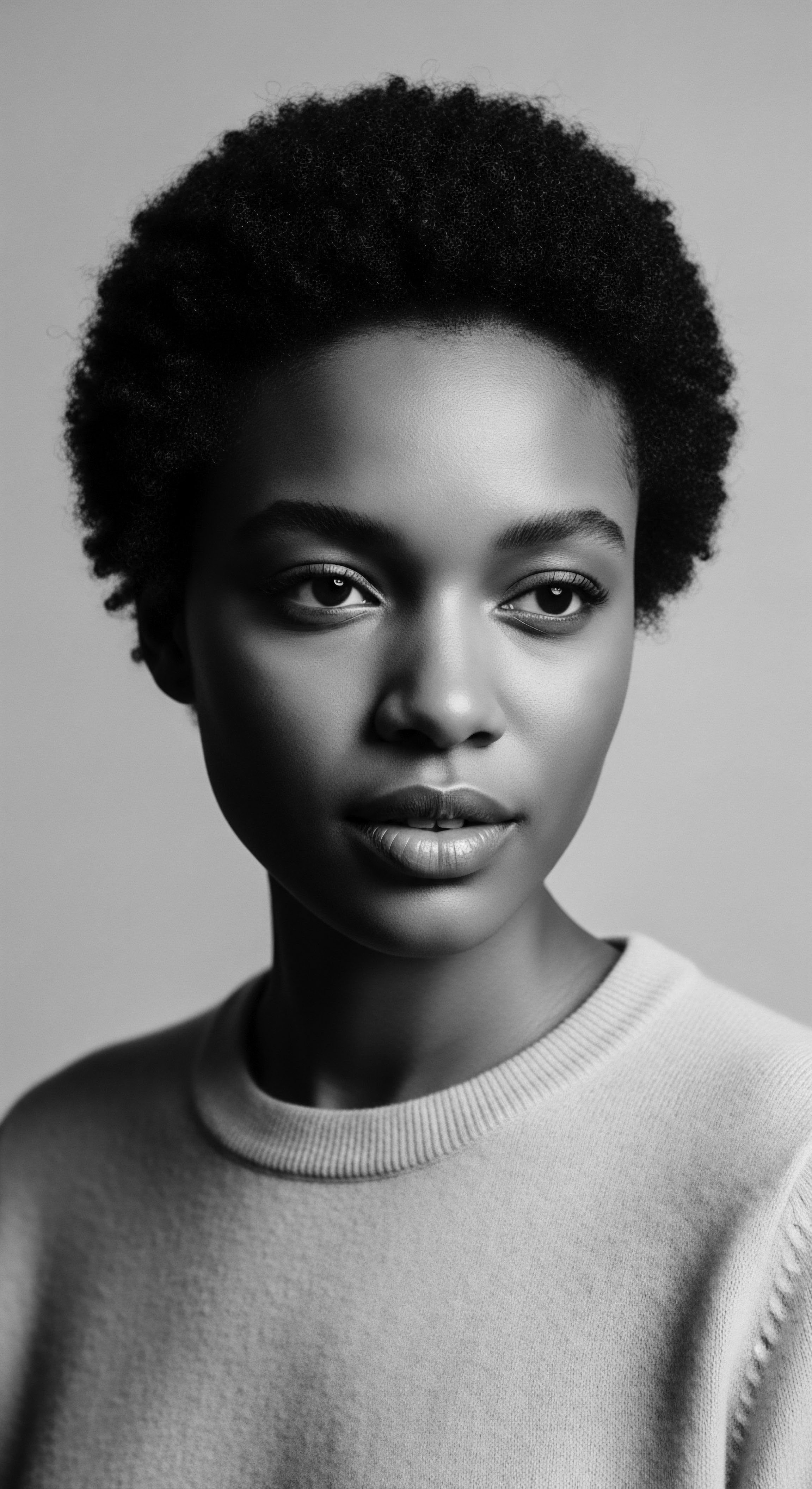
The Shadow of Erasure
The transatlantic slave trade, a dark chapter in human history, sought to sever these vital connections. One of the first, brutal acts of dehumanization inflicted upon enslaved Africans upon arrival in the Americas was the forced shaving of their heads. This act was a deliberate assault on identity, a violent severing of spiritual and cultural ties.
When hair, a symbol of lineage, status, and spirit, was forcibly removed, it communicated that the individual’s former identity, their community, their very being as a person with heritage, no longer existed. It was a stark declaration of their new, brutalized position.
Yet, even in the crucible of enslavement, the spirit of textured hair persisted. Enslaved Africans, stripped of their customary tools and ingredients, innovated, using whatever was at hand—pig fat, cotton, remnants of fabric—to care for and adorn their hair in secret. Some even used intricate braiding patterns to map escape routes or conceal seeds for survival, transforming their hair into a clandestine tool of resistance and a keeper of ancestral memory. This resilience speaks volumes, reminding us that cultural power, when rooted deeply in heritage, cannot be entirely extinguished.
| Historical Significance Identity Marker ❉ Braids denoted tribe, age, marital status, and social rank in many African societies. |
| Contemporary Reaffirmation Self-Definition ❉ Natural hair movements declare personal and collective identity, rejecting imposed beauty norms. |
| Historical Significance Spiritual Conduit ❉ Hair was considered a sacred part of the body, a point of entry for spiritual energy. |
| Contemporary Reaffirmation Holistic Connection ❉ Care practices extend beyond aesthetics, linking to ancestral wellness and inner peace. |
| Historical Significance Communal Ritual ❉ Hair styling was a bonding activity, a time for sharing stories and wisdom. |
| Contemporary Reaffirmation Community Building ❉ Online platforms and natural hair gatherings foster connection, knowledge sharing, and collective pride. |
| Historical Significance The enduring significance of textured hair bridges ancient practices and modern expressions, demonstrating a powerful heritage. |
Thus, contemporary movements are not merely trends; they are echoes from the source, profound meditations on what was, what endured, and what is being consciously revived. They are a declaration that the language of textured hair, so brutally silenced for centuries, is now being spoken with renewed clarity and strength, carrying forward the indelible mark of heritage.

Ritual
The care and adornment of textured hair, for generations and across cultures, was seldom a solitary, rushed act. It was, and remains, a sequence of deliberate movements, a patient attention to detail that transformed a daily necessity into a living ritual. These practices, passed down through ancestral lines, carry an inherent wisdom, a testament to understanding hair’s specific needs long before scientific terms quantified them. Today’s contemporary movements, often advocating for “natural hair” and conscious care, are not reinventing the wheel but rather turning it, bringing the ancient wheel of ritual back into full, vibrant motion.

Ancestral Roots of Protective Styling
Consider protective styles, so central to modern textured hair care. Braids, twists, and various forms of updos shield delicate strands from environmental stressors and reduce manipulation, thereby supporting length retention. This concept is not new. Across pre-colonial Africa, diverse communities mastered these techniques out of both aesthetic preference and practical necessity.
Styles like Cornrows, which involved braiding hair very close to the scalp, often in intricate patterns, were not only beautiful but served a vital purpose ❉ they were practical, preserving hair in various climates and demanding lifestyles. Historical accounts from ancient African civilizations speak of these styles as markers of identity, social signals, and even as a means of communication, with specific patterns identifying tribal backgrounds or conveying messages within communities.
The Fulani people of West Africa, for example, are known for their distinctive braids, often with a central cornrow, some directed towards the face, and a braid around the hairline, adorned with beads or shells. These styles protected hair and signaled social cues. This practice of protective styling, deeply ingrained in heritage, allowed for periods of minimal hair disturbance, a cornerstone of healthy hair practices that modern science now affirms.
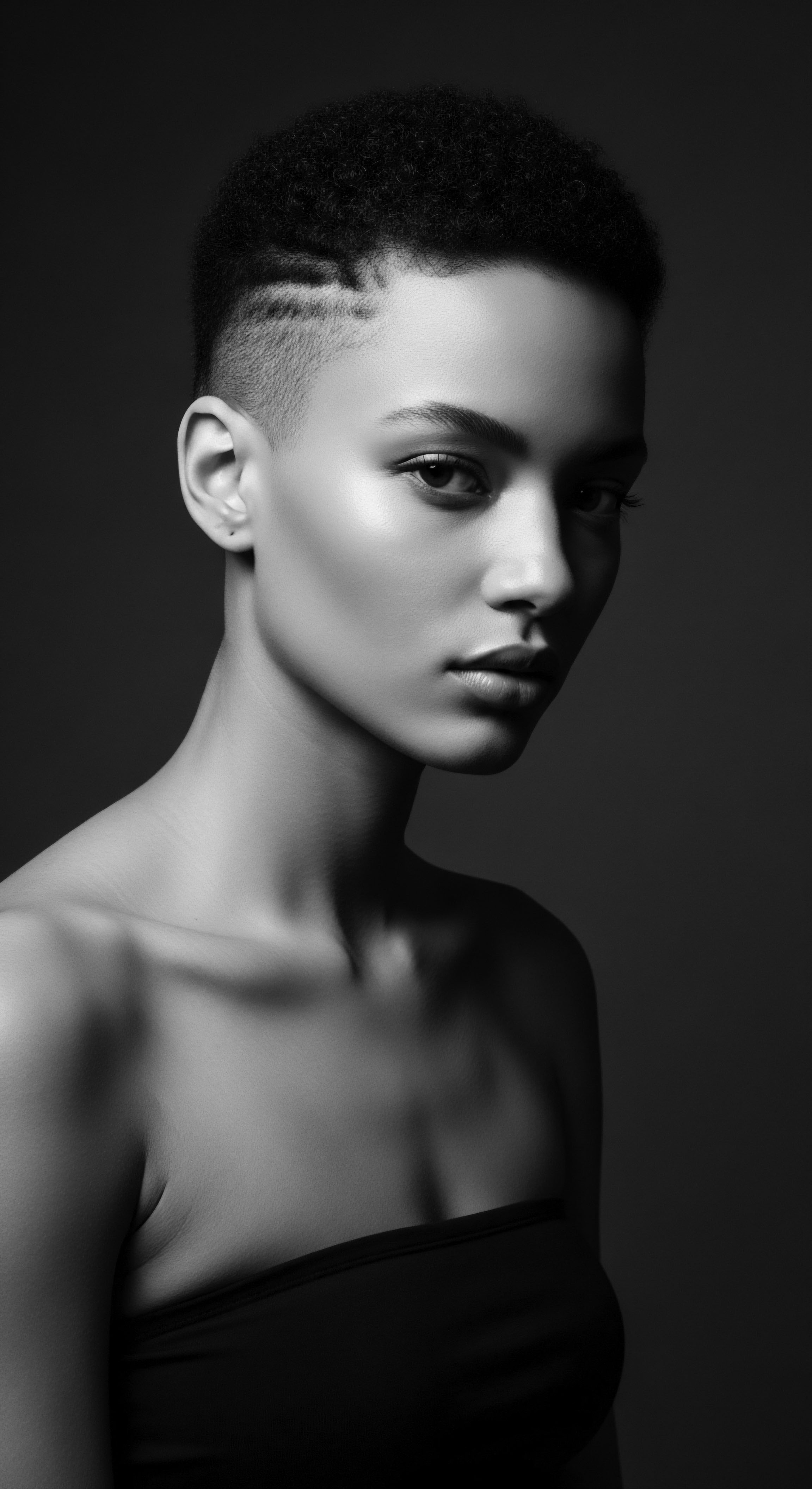
The Tools and Their Lineage
Our hands are perhaps the oldest and most trusted tools for hair care, guided by intuition and inherited knowledge. Beyond the hands, however, a lineage of tools has accompanied textured hair rituals. Early combs, carved from wood or bone, were designed to navigate the unique coils and kinks of textured hair with care, preventing breakage.
Adornments, from cowrie shells to intricate beads, were not mere decoration; they often carried symbolic weight, signifying wealth, marital status, or spiritual connections. Today’s detangling brushes, wide-tooth combs, and styling implements are modern iterations of these ancestral tools, continuing the tradition of gentle manipulation and purposeful adornment.
Modern hair practices honor ancient rituals, acknowledging that the way we tend to our hair carries echoes of ancestral wisdom.
The ritual of oiling, for example, a fundamental practice in many historical African hair care traditions, finds scientific backing today. Ancient communities applied natural butters and oils derived from plants, such as Shea Butter or Castor Oil, to moisturize and protect hair. These substances, rich in fatty acids and vitamins, would nourish the scalp and hair, promoting suppleness and reducing brittleness. This ancestral practice, rooted in observable benefits, has been reclaimed by contemporary movements, with these very ingredients now forming the basis of many natural hair products.

Water, Cleansing, and Rhythms of Care
The approach to cleansing textured hair has also seen a re-evaluation, often returning to practices that mirror ancestral methods. The emphasis on gentle cleansing, co-washing, or less frequent shampooing aligns with historical wisdom that understood the need to preserve natural moisture. In many traditional settings, herbal rinses were common, using botanical infusions to cleanse and condition the hair and scalp.
These infusions would cleanse without stripping and often possessed medicinal properties beneficial to scalp health. The return to ingredient-conscious practices, favoring natural, minimally processed components, directly reflects this ancestral heritage, valuing the plant kingdom’s gifts for health and vitality.
The journey of textured hair through styling and care is a testament to human ingenuity and cultural resilience. Each twist, each braid, each application of nourishing balm, carries the weight of history and the promise of continuity. Contemporary movements, therefore, act as living conduits, translating ancient knowledge into modern language and practice, ensuring that the ritual of textured hair care remains a vibrant, cherished part of our shared human story.

Relay
The reaffirmation of textured hair’s cultural power in contemporary movements represents a complex interplay of historical remembrance, social assertion, and future vision. This is not a static celebration but a dynamic process, a relay race where the baton of heritage is passed from one generation to the next, gaining speed and visibility with each stride. What appears on the surface as a simple preference for natural hair styles reveals itself, upon closer scrutiny, as a powerful cultural assertion with deep roots in collective memory and identity.
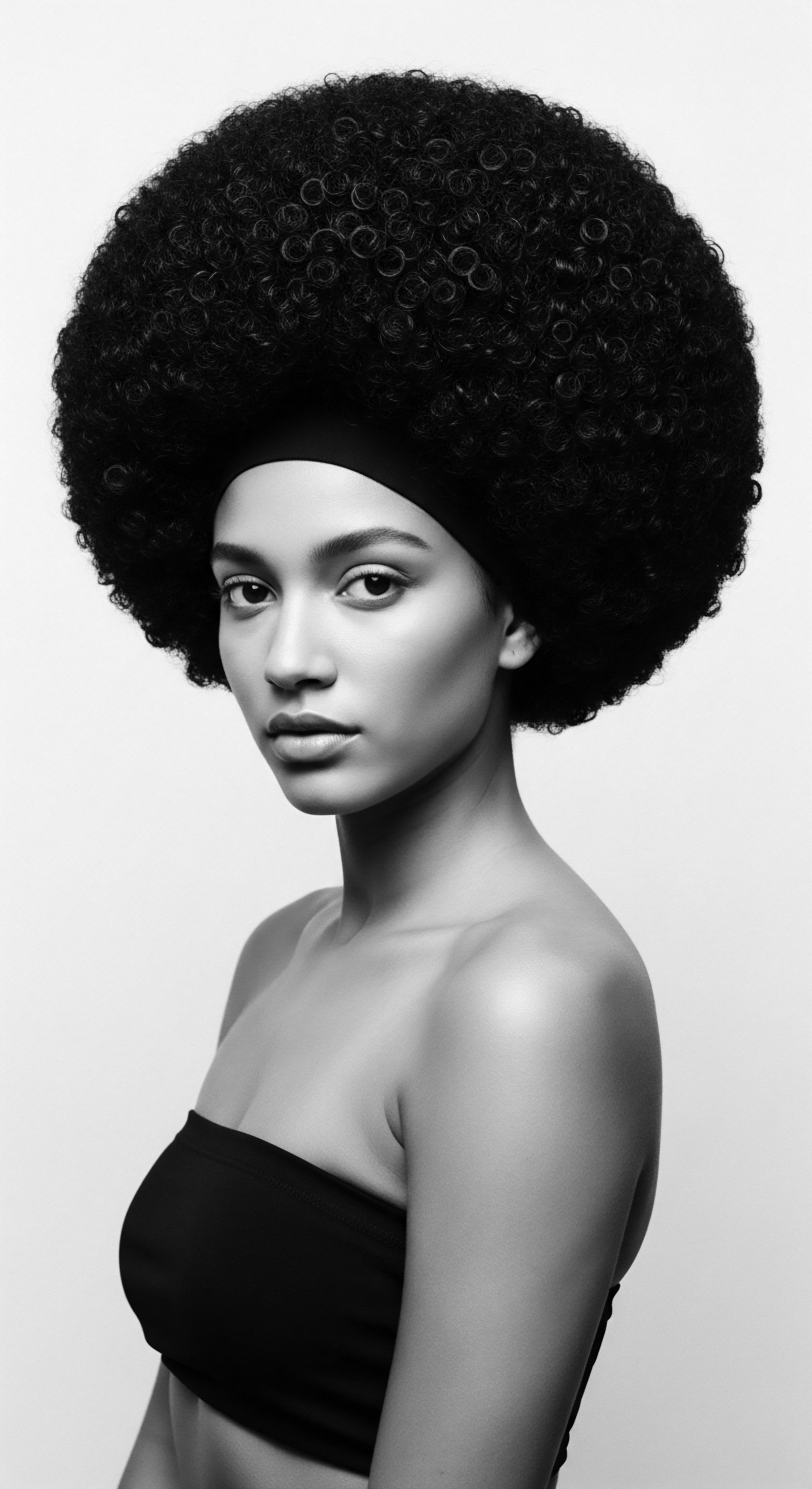
The Socio-Cultural Assertion
For centuries following the transatlantic slave trade, the dominant beauty standards in many societies, particularly in the Americas, enforced a Eurocentric aesthetic. This often positioned straight hair as the ideal, leading to the marginalization and even demonization of textured hair. The pursuit of straight hair, whether through chemical relaxers or hot combs, became for many a means of survival, a perceived prerequisite for social and economic acceptance.
In this context, contemporary movements advocating for natural hair are direct counter-narratives to this historical pressure. They are a rejection of assimilationist pressures and a conscious embrace of an appearance historically denigrated.
The push for legislative protections, such as the CROWN Act in the United States, stands as a tangible measure of this societal shift. This legislation aims to prohibit discrimination based on hair texture and protective hairstyles associated with race. Its very existence acknowledges a historical wrong—that one’s natural hair could be a barrier to education, employment, or public acceptance.
The movement behind such acts recognizes that hair is not merely cosmetic; it is an extension of ethnic identity, a marker of heritage, and a site of historical struggle. The fact that laws are required speaks to the depth of ingrained bias, while their passage signals a collective societal will to rectify it.
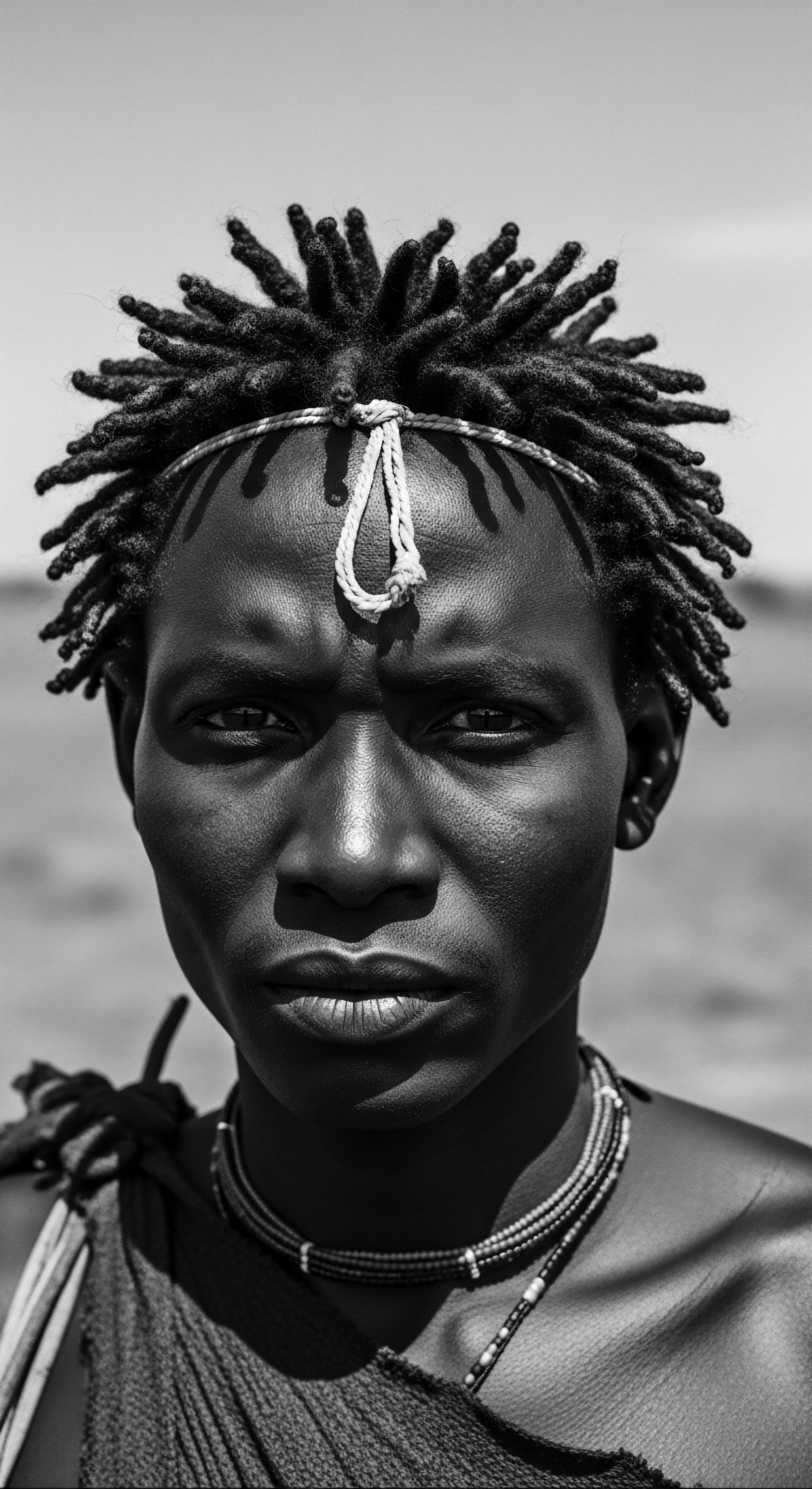
Digital Diaspora and Global Reach
The digital age has played a critical role in accelerating this cultural relay. Social media platforms, online communities, and digital content creators have created spaces for dialogue, education, and shared experience that were previously unattainable. These platforms have:
- Knowledge Dissemination ❉ Information about textured hair care, styling, and its historical significance, once passed down in intimate familial settings or within local communities, now spreads globally. This allows individuals separated by geography to access ancestral wisdom and share contemporary practices.
- Community Formation ❉ Digital spaces permit individuals to find solidarity and affirmation, fostering a sense of belonging among those who might feel isolated in their local environments. This collective support reinforces personal choices to wear natural hair, strengthening the movement.
- Visual Representation ❉ The constant stream of images and videos featuring diverse textured hair types breaks down traditional media monopolies on beauty standards, offering a powerful counter-visual that celebrates the variety and beauty of natural hair.
This global exchange means that traditional hair care practices, once localized, can be rediscovered and adapted by a wider audience, enriching the collective pool of knowledge and reaffirming its validity on a much broader scale.
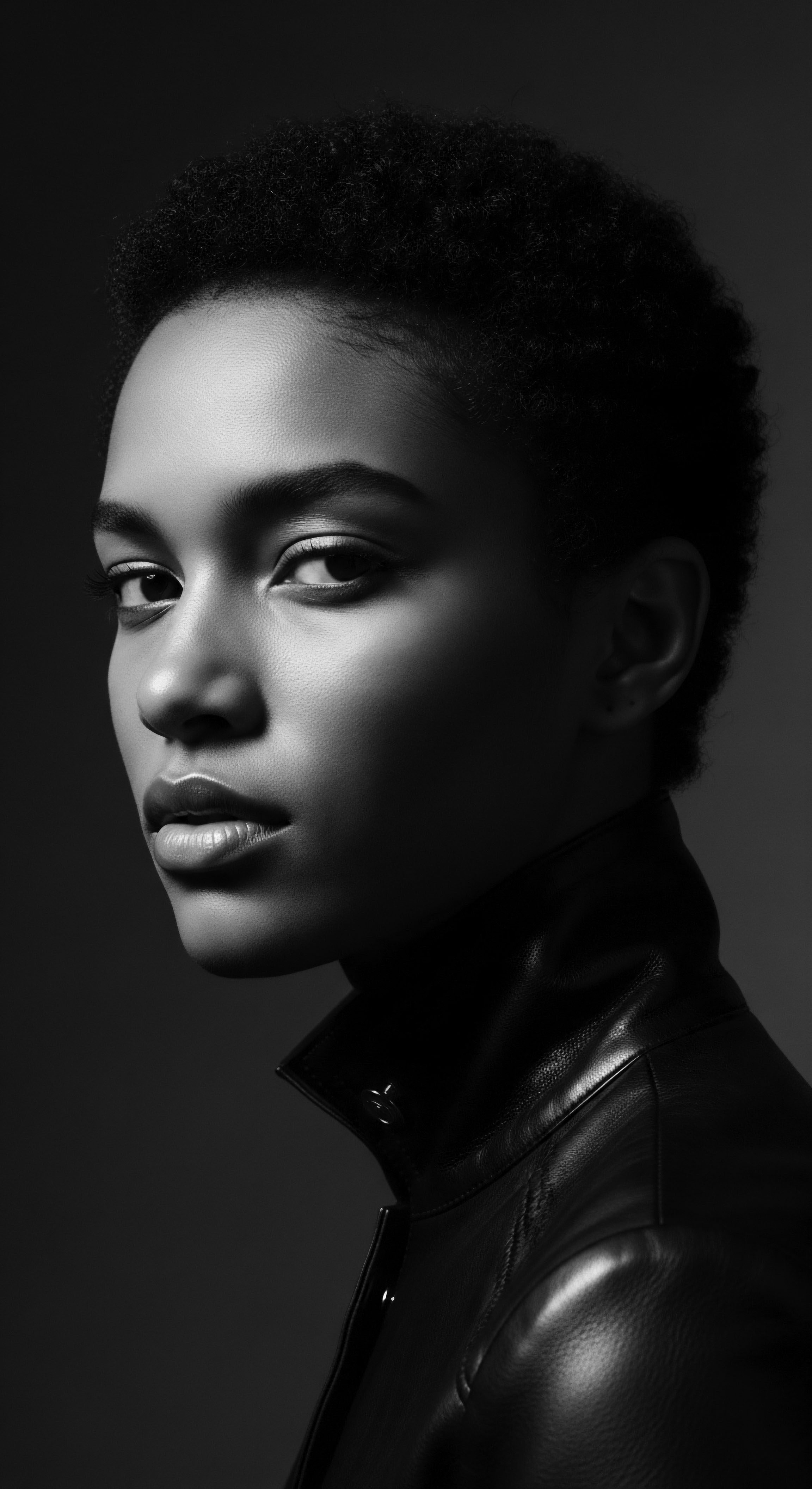
Beyond Aesthetics ❉ Hair as Resistance and Reclamation
The deeper cultural power lies in hair’s continued role as a symbol of resistance and reclamation. During the transatlantic slave trade, the forced shaving of heads aimed to sever all ties to African identity. Yet, enslaved people found ways to practice hair care, often secretly, using available resources like butter or even kerosene.
These acts, though seemingly small, were profound statements of defiance, preserving a piece of self and ancestry in the face of brutal oppression. This historical precedent shapes the contemporary movement’s deeper meaning.
When individuals choose to wear their hair in its natural state today, they are not simply making a fashion statement. They are participating in a quiet revolution, honoring the legacy of those who resisted erasure, and consciously reclaiming a piece of identity that was systematically targeted. This act becomes a living connection to the ancestors, a visible demonstration of pride in one’s lineage, and a declaration of self-acceptance.
Contemporary movements for textured hair extend beyond beauty, representing a powerful reclamation of identity, lineage, and cultural resilience.
Research from Adetutu Omotos (2018) highlighted the importance of hair in ancient African civilizations, where it represented family history, social class, spirituality, tribe, and marital status. The current movements echo this understanding, positioning hair as a deeply personal yet overtly political expression of cultural affiliation. It is a vibrant assertion of collective heritage, a declaration that Black and mixed-race identities are beautiful, valid, and worthy of celebration in their authentic forms. The relay continues, carrying forward the memory of ancestral ingenuity and resilience, ensuring that the cultural power of textured hair remains a beacon for future generations.

Reflection
A single strand of textured hair, viewed closely, holds a universe. It contains the coiled wisdom of millennia, the resilience of journeys across oceans, and the vibrant spirit of lives lived with courage and ingenuity. The current movements that celebrate textured hair are not merely trends of style; they are profound acts of remembrance, collective rituals of healing, and bold declarations of enduring selfhood. They invite us to listen to the whispers of ancient hands, to feel the comfort of ancestral balms, and to witness the unbreakable chain of heritage.
Each curl and coil, now openly cherished and adorned, speaks a language of continuity, a testament to the fact that identity, when rooted in the truth of one’s origins, truly knows no bounds. The ‘Soul of a Strand’ beats with the rhythm of countless generations, a rhythm that calls us to recognize, honor, and continue this beautiful, living story.

References
- Omotos, Adetutu. “The Significance of Hair in Ancient African Civilizations.” Journal of Pan African Studies, vol. 11, no. 8, 2018.
- Byrd, Ayana D. and Lori L. Tharps. Hair Story ❉ Untangling the Roots of Black Hair in America. St. Martin’s Griffin, 2014.
- Sherrow, Victoria. Encyclopedia of Hair ❉ A Cultural History. Greenwood Press, 2006.
- Beckwith, Carol, and Angela Fisher. African Ceremonies. Harry N. Abrams, 1999.
- Morrow, Mary. The Hairdo Handbook ❉ A Guide for the Black Woman. Ballantine Books, 1990.
- White, Deborah Gray. Ar’n’t I a Woman? ❉ Female Slaves in the Plantation South. W. W. Norton & Company, 1999.
- Gordon, Mark. “African Hair ❉ A Historical Overview.” The Journal of Black Studies, vol. 34, no. 4, 2004, pp. 582-601.
- Okoro, Nkiru. African Hair Braiding ❉ A Cultural and Aesthetic Exploration. University of Ibadan Press, 2010.
